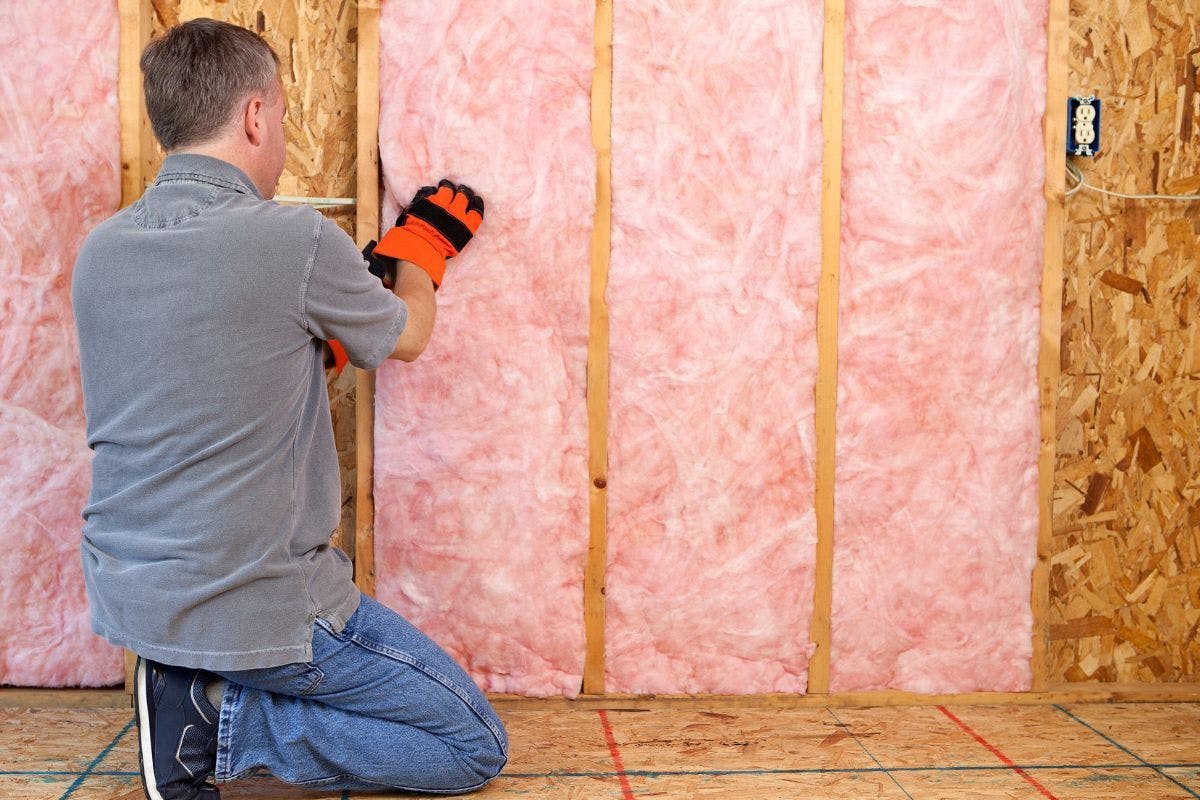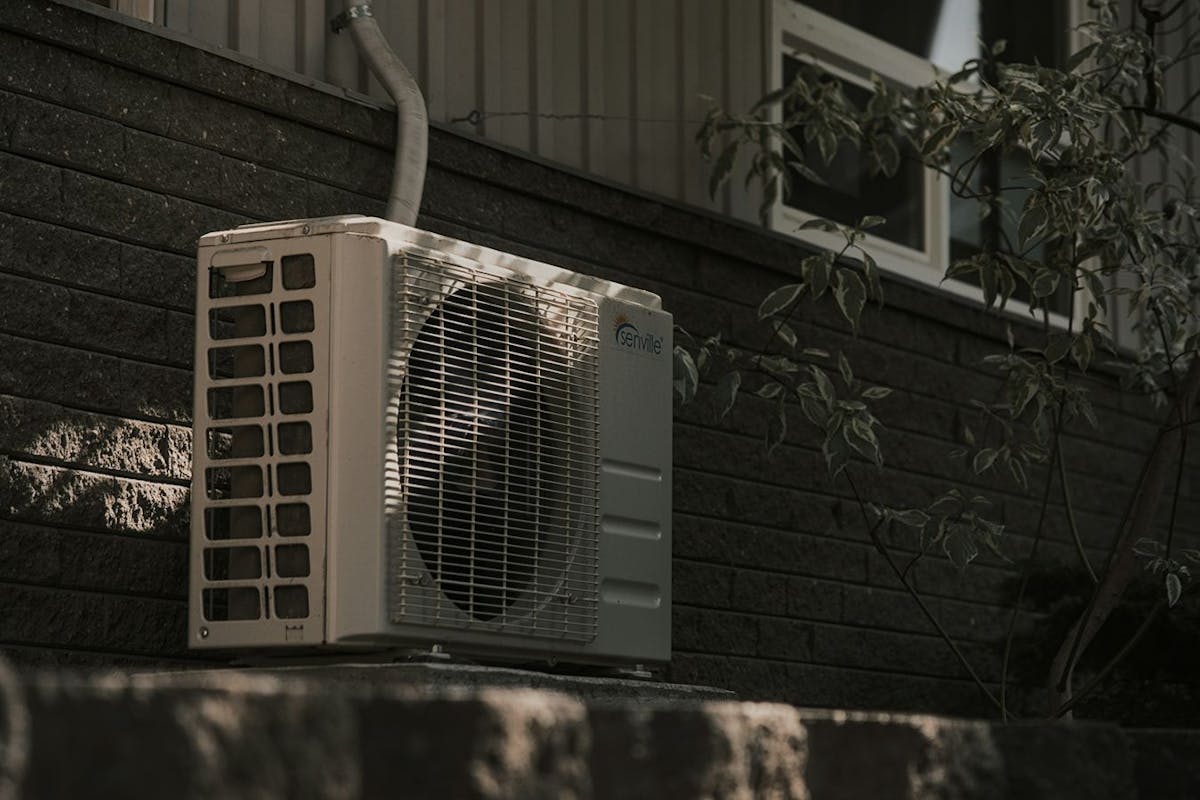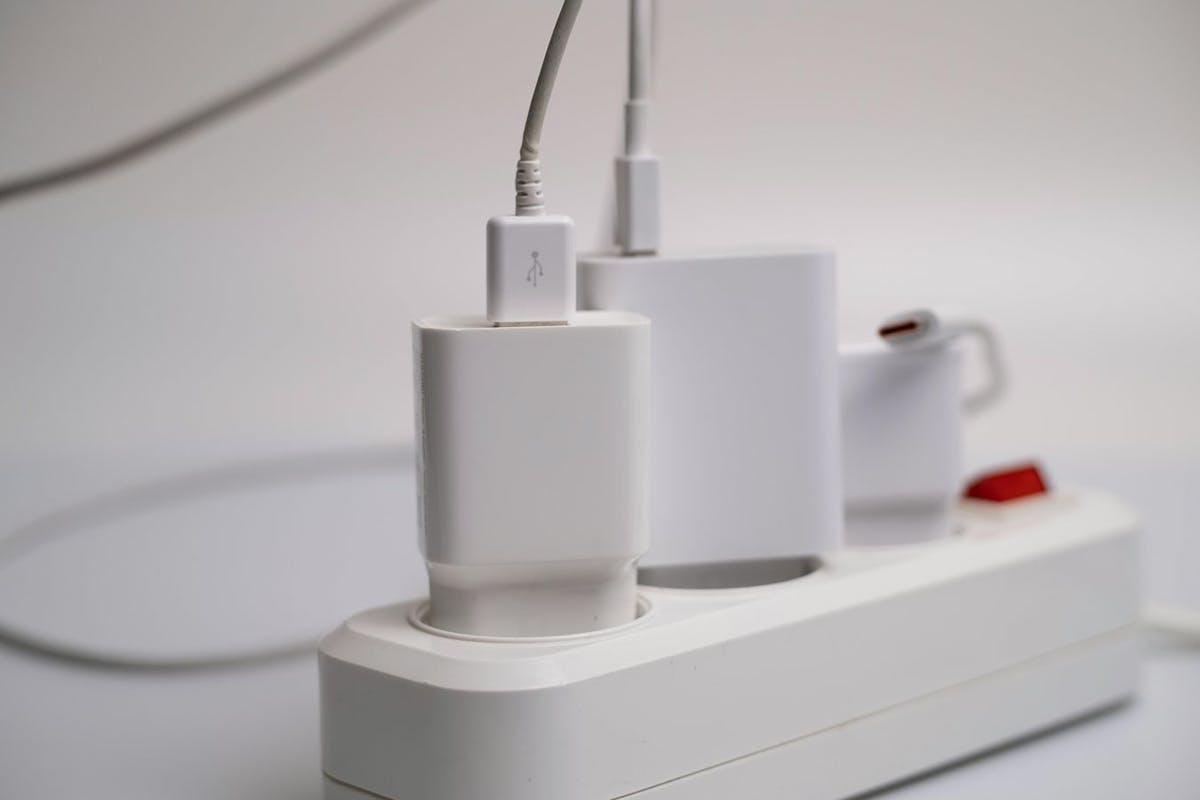How Home Insulation Raises Energy Efficiency and Lowers Utility Bills
Last edited

Author
Andrew Giermak
Solar and Electrification Writer and Editor

Editor
Andrew Blok
Electrification and Solar Writer and Editor

Your electric bill is higher than you’d like. You might think it’s just because it’s a hot summer or a cold winter. You could be right. It could also be your home’s insulation. How old is it? Is it in good condition? How thick is it? Insulation can affect your heating and cooling, as well as your energy usage, indoor air quality, health, and energy bills.
Whether you can take on the job yourself or need to call in a professional, here’s more on insulation and the benefits of improving or adding insulation to your home.
See how much you can save with home energy changes
What Is Insulation and What Does it Do?
Insulation helps keep warm air inside during the winter and blocks heat from entering during summer. Common materials used for insulation include fiberglass, foam, cellulose, and radiant barriers, each with unique properties and applications.
Insulation traps air within its structure and reduces the movement of heat. Technically speaking, it works by slowing down the transfer of heat between indoors and outdoors.
The R-value of insulation is a measure of how well it keeps heat in or out. The thickness, density, and type of insulation affect the value. The higher the R-value, the better insulation it’s giving a building. In general, blown-in insulation has the lowest R-value followed by blanket or roll insulation, then spray foam insulation, then foam board insulation.
R-value only applies to the insulation and assumes it’s installed correctly. It doesn’t take into account potential factors such as door and window frames which could affect air and temperature.
Credit: Energy Star
Why Is Energy Efficiency Important?
Though it may not seem like a pressing issue, energy efficiency can, in fact, make a big difference for you and the planet. Insulation is just one piece which may be a way to improve your home’s energy usage. Key reasons home energy efficiency is important are:
1. Cost: Increasing energy efficiency can decrease energy bills, which in turn leads to long-term savings for homeowners.
2. Comfort: Energy-efficient homes maintain more consistent indoor temperatures, improving one's quality of life and living space.
3. Climate: Reducing energy consumption can lower greenhouse gas emissions and help combat climate change.
How Do I Know My Insulation Needs Replacing?
When identifying whether your insulation needs replacing, there are a few major indicators to consider. Pay attention to these signs to determine if an upgrade is necessary:
- Drafts: New insulation can plug up holes, or spots with poor insulation, where outdoor air is getting in.
- Moisture issues: Closed cell spray foam insulation helps control moisture, especially in areas with frequent high humidity.
- Aging insulation: Insulation loses some of its effectiveness as it ages.
- Pest infestations: New or an upgraded type of insulation can provide better pest protection. Worn or uneven insulation can actually become homes for bugs and rodents.
- High energy bills: If you’ve tried other energy efficiency upgrades, but aren’t reducing your energy bills, insulation may be something to check.
- Uneven temperatures: If one room is comfortable, while another is too hot or too cold, it could be that insulation is lacking.
Now, you may be wondering whether you can self-diagnose the situation and take a DIY approach. For a self-diagnosis, here are some steps you can take:
- Check for visible signs of wear and tear, such as mold, moisture, or pest infestations.
- Use a thermal camera or thermometer to detect cold or hot spots in your home.
- Apply weatherstripping or caulk to seal gaps or leaks around windows and doors.
- Compare your current energy bills to previous periods to identify unusual increases.
While homeowners can take action in a few proactive ways, some situations require professional expertise.
With professional input, here's what you can expect:
- Comprehensive energy audit: A professional will use specialized tools to measure the effectiveness of your current insulation and identify areas where energy loss is occurring.
- Blower door test: This test involves depressurizing your home to locate air leaks; helping pinpoint specific areas that require insulation improvements.
- Infrared scanning: Using infrared cameras, professionals can detect temperature variations on surfaces, identifying hidden areas with poor insulation or air leaks not visible to the naked eye.
- Detailed insulation assessment: Experts will evaluate the condition of your existing insulation and provide recommendations on the type and amount of insulation needed. They will also offer estimates for installation costs and potential energy savings.
How Do I Insulate My House?
Some insulation jobs can be done DIY style. Others will need a professional level of work.
For example, if you're keen on making home improvements yourself, installing roll insulation in attics or applying foam insulation between cracks and holes is something you can do on your own. When it comes to installing insulation for larger projects such as walls or tricky projects like basements or crawl spaces, it's best to leave these specialized tasks to the pros.
Additionally, removing insulation is also a specialized job, and you should consult with a professional before taking any action. Insulation material can contain toxic materials such as asbestos, while now illegal it may be in old insulation, and formaldehyde, in some current insulation—making it a wise choice to let pros with proper gear handle it.
Attic
Loose-fill insulation and fiberglass batt or roll insulation are the most common types used in attics. Those in warm to hot climates may consider installing a radiant barrier for its heat and humidity reduction. The Department of Energy recommends about 10-13 inches of insulation for most of the US.
Credit: Energy Star
Walls
If your attic insulation is at the proper level, and there are no structural deficiencies, you may need to add insulation to exterior walls. This is a better idea the colder your region is. Insulating walls is more likely a professional level project.
It’s common to use blown-in insulation and the dense pack technique which gives the best R-value for wall insulation. If you’re remodeling and the wall cavities will be open, you may consider two-part spray foam or wet spray cellulose insulation. If your wall cavities aren’t going to be open, you could consider injectable spray foam insulation.
See how much you can save with home energy changes
What’s the Cost of Insulating My House?
The cost of insulating your house will vary depending on the area being insulated and the type of insulation used. Here, you will find the most common types of insulation, the materials they're made of, and an overview of prices so you can assess which type suits your needs. The price estimates for each type are from home improvement retailers and marketplace sites.
Fiberglass batts and rolls
Fiberglass batts and rolls are made of fine glass fibers and often used in walls, attics, and ceilings. This type of insulation is cost-effective, with prices ranging from $0.30-$2.80 per square foot.
Spray foam insulation
Spray foam insulation is a polyurethane foam that expands upon application and creates an airtight seal. It is highly effective but also more expensive, costing $1-$7.50 per square foot.
Blown-In cellulose
Blown-in cellulose insulation is made from recycled paper that has been fireproofed and is ideal for attics and wall cavities. It costs $0.30-$2.65 per square foot.
Rigid foam boards
Rigid foam boards are made of materials such as polystyrene or polyurethane and are used for basement walls, roofs, and exterior walls. They provide excellent insulation and moisture resistance and cost $0.60-$3.75 a square foot.
Reflective or radiant barrier
These barriers are made of reflective materials, typically aluminum foil, and are used primarily in attics to reflect radiant heat. This type of insulation is relatively inexpensive and costs $0.10-$1.10 per square foot.
Mineral wool
Mineral wool insulation is made from natural minerals or industrial waste, is fire resistant, and is suitable for various applications including home insulation. It’s sold in batts and as loose fill. It costs $1.25-$4 per square foot.
Are There Tax Incentives for Home Insulation?
Homeowners can use federal tax credits for installing new insulation. Some state jurisdictions also offer unique incentives such as rebates, grants, or other tax credits.
You can earn a tax credit worth 30% the cost of new insulation — up to $1,200 each year — until the end of 2025. The credit can’t be rolled over and credits for new doors (up to $500 per door) and new windows (up to $250 per window) will come from the same pool.
You can also explore state-specific incentives at the Database of State Incentives for Renewables & Efficiency. (DSIRE).
Will New Insulation Save Money?
Homeowners can save up to 15% on heating and cooling costs by adding insulation, according to the US Environmental Protection Agency.
Improving your home’s insulation is typically a long-term investment, where your initial cost results in savings year after year. Plus, expertly installed insulation can lengthen the lifespan of your HVAC by reducing the amount of heating and cooling it needs to do, reducing the need for maintenance.
Having substandard insulation may lead to poor energy efficiency, inconsistent temperatures around the house, higher utility costs, and other unwanted homeowner headaches such as mold or pest infestations. Proper installation of insulation can help resolve these challenges.
Palmetto is focused on helping homeowners take control of their energy use at home. If you’re interested in learning more and seeing what you could save, check out Palmetto’s Savings Maximizer.
See what home electrification can do for you:
Home Insulation FAQs
What is the most effective insulation for a house?
The most effective insulation depends on your specific needs and the area being insulated, but spray foam insulation is highly effective due to its excellent sealing properties and high R-value.
Is new insulation worth it?
Yes, new insulation can be worth it as it can significantly reduce energy bills, improve indoor comfort, and pay for itself through long-term energy savings.
What is the insulation tax credit?
The insulation tax credit is a federal incentive that allows homeowners to credit a portion of the cost of installing new insulation from their taxes, helping to offset the initial investment. If you qualify, you can claim 30% of the cost of your insulation project, up to $1,200 each year.
Note: This content is for educational purposes only. Palmetto does not provide tax, legal, or accounting advice. Please consult your own tax, legal, and accounting advisors.




